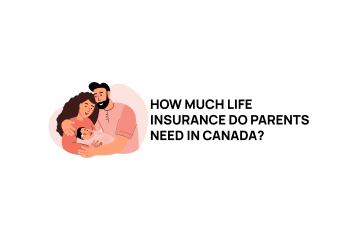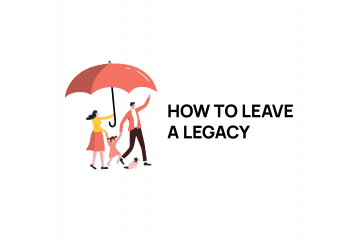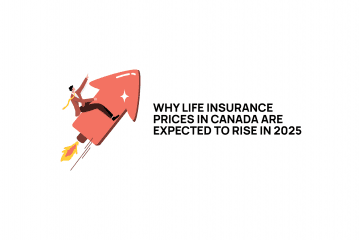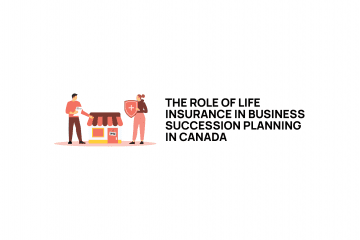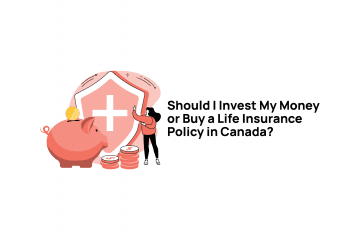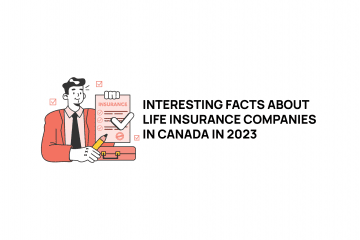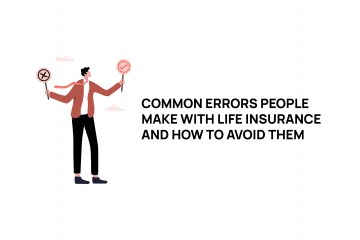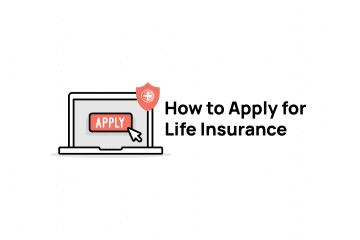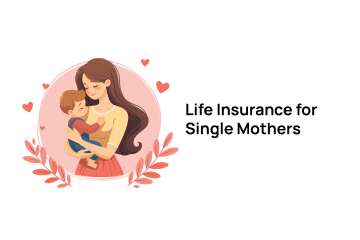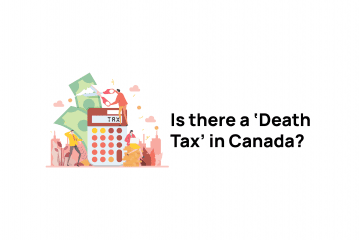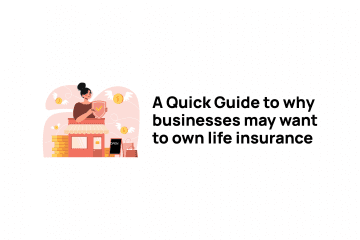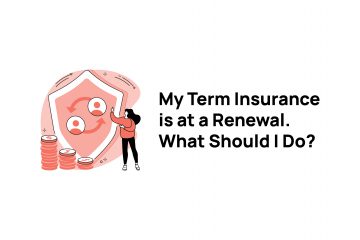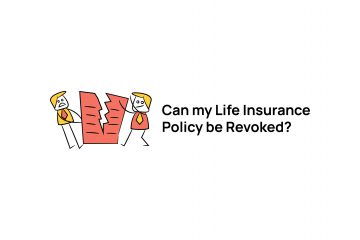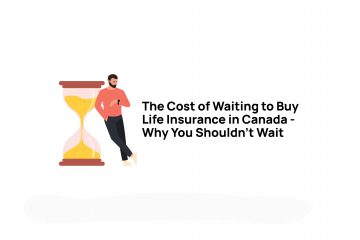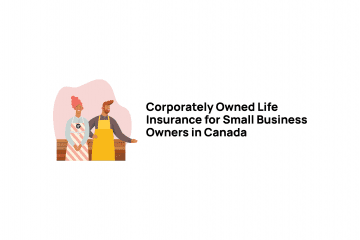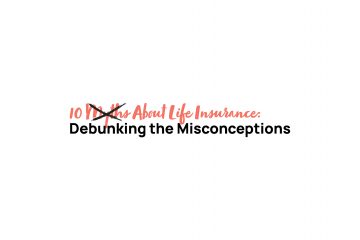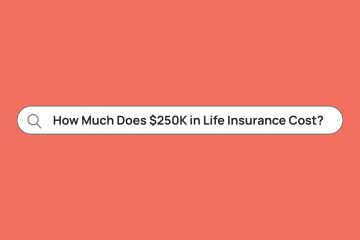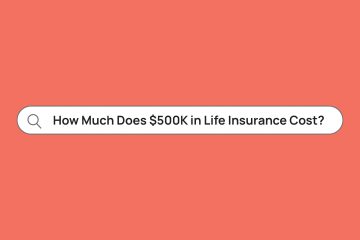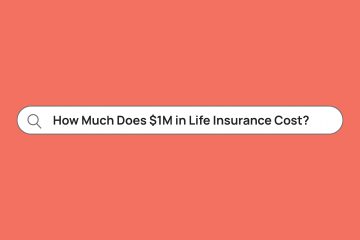When you mention the term life insurance, most people immediately think of the death benefit that is associated with a policy. This is because, typically, this is the motivating factor in the purchase of life insurance. People buy policies because they are looking to make sure that someone is looked after should they die unexpectedly. Be it a family member, a friend or a business partner, life insurance is a way to make sure that the financial impact of your passing away is minimized on those you leave behind. What many people don’t think about is how they can use life insurance as a financial tool for themselves while they are alive. I will take a second to note here that this discussion is only going to apply to permanent life insurance coverage that has a cash value component. Term life policies can’t be utilized in the same way because they don’t have the values within the policy. It is the presence of a cash value within the policy that can make it a powerful tool for your financial plan. Let’s take a look at how you can use life insurance as a financial tool while you are still alive to help yourself.
In This Article:
- A Quick Glossary of Terms that Will Help Our Discussion
- Why Cash Value Life Insurance?
- Policy Surrender
- Using the Cash Value as Collateral
- Using Your Policy as a Financial Tool

A Quick Glossary of Terms that Will Help Our Discussion
There are a couple of terms that come up when dealing with this type of life insurance, and it will help if we define them here because they get referenced quite frequently.
- Cash Surrender Value (CSV) – This is the amount of cash value that has built up in the policy. If you were to determine that you no longer wanted the coverage and return it to the insurer, the CSV is the amount of money you would receive.
- Adjusted Cost Basis (ACB) – Not to be confused with the term adjusted cost base, which applies to capital gains calculations, the ACB of a life insurance policy reflects how much you’ve paid in premiums less the net cost of pure insurance in the contract. Confusing? Bear with me; we don’t need to understand how ACB is calculated, just what it determines. The ACB of a policy determines how much taxable income applies to any withdrawals, surrenders, or loans from the plan.
- Participating Life Insurance (PAR) – This style of whole life coverage includes the option where the insurer can pay an annual dividend into the policy. The source of the dividend is the growth of an investment account known as the PAR account. Typically, this dividend is paid in the form of ‘Paid-Up Additions (PUAs)’, which add to the death benefit and cash value of the policy.
Why Cash Value Life Insurance?
When you look at buying a permanent life insurance policy, there will be an option to buy a policy that has a cash value that accumulates within the policy. With this type of policy, growth happens to the cash value inside the plan every year. The annual increases in the base policy cash value will be laid out in the original contract. This growth may be increased if you have purchased a participating life insurance policy where the issuing company has the ability to pay an annual dividend into the policy (note: dividends are never guaranteed to be paid, but once they have been paid into your policy they cannot be taken back). What this means is that you have an asset in the form of the cash value in your insurance policy where you know in advance the minimum amount that it will increase in any given year. The other big advantage of the growth of this asset is that it happens with deferred income tax. This means that there is no taxable income triggered by the growth that happens within the policy. It isn’t ‘tax-free’ if you remove cash from the policy that can trigger a taxable event, but it is tax-deferred because you don’t receive annual T slips to pay income tax on the growth. In order to access the cash value in the policy, you have three potential routes:
- Surrender all or some of the coverage to withdraw funds fully
- Take out a policy loan from the issuing insurance company
- Take out a loan from a financial institution using the cash value from the policy as collateral.
Get a free quote
Policy Surrender
This is the most permanent option for accessing the cash within a life insurance policy. You determine as the owner that you no longer need the coverage and surrender it back to the issuer. In exchange for this surrender, the insurer will pay you the CSV from the policy. Here is one spot where ACB comes into play. If the Cash Surrender Value exceeds the Adjusted Cost Basis of the policy, the difference is taxable income for you. Over time, the ACB of a policy will reach zero, so there is the potential that all the money you withdraw from the coverage will become taxable income. If you have a PAR policy with PUAs, you may be able to surrender the extra coverage purchased by the dividends without affecting the base policy. Just remember, any withdrawals made via surrender are final, you cannot repay them and have the insurance coverage reinstated.
Policy Loans
Most insurers will allow you to take out a loan against the cash value that has accumulated within the policy. While it is most often referred to as a policy loan, in effect, it is an advance of the death benefit payment that you are taking while you are alive. If there is a loan outstanding at the time of your death, the insurer keeps that amount from the overall death benefit payment to satisfy that loan and pays any remaining funds to your beneficiary.
When considering a cash loan from a policy there are a few things you should know.
- The first is that there is a calculation that shows the maximum percentage of the CSV that can be borrowed. Interest will also be charged within the policy on any outstanding loan balances. If the interest accumulates to the point that the loan balance exceeds the maximum amount of CSV that is allowed to be borrowed you may need to make a payment then to keep the policy in good standing.
- Secondly, a loan taken from the policy may still constitute taxable income. If the amount of the loan taken exceeds the ACB of the policy, anything over that ACB amount is fully taxable.
- Thirdly, unlike the policy surrender option, loans are repayable. If you triggered a taxable event by taking the loan out you may be able to claim a tax deduction for the repayment that happens.

Using the Cash Value as Collateral
This is a potentially powerful tool for financial planning that you are provided with when you own a life insurance policy with a cash value. It is the ability to go to a financial institution and use the cash value within your life insurance policy as collateral for them to loan you money. You will need to pay interest on the loan as you would in the case of any loan from a financial company, but by using the CSV of your policy as collateral, the lenders are confident that they will be repaid in full, so there are often favorable terms to these types of loans. The way that this type of loan works is that you would sign papers to ‘assign’ the policy to the financial institution. This does not mean that you no longer own the policy; what it does mean is that there are certain things you cannot do without approval of the institution from which you borrowed the money. For example, you cannot surrender a policy for the full CSV when it has been assigned without the assignee first determining that this is okay (I.e. your loan to them was paid off in full). The assignee may also have the ability to force the surrender of the policy if you default on the loan, so be aware of those details when you enter into this type of arrangement. The lender will have rules about how much of the CSV that they will allow you to borrow, we see ranges of anywhere from 50% – 90% so working with an advisor who knows their way around this world is essential to getting you the best tailored solution to what you are looking for. If you die while there is a loan outstanding to the assignee, they are paid first, with the remainder of the policy being paid to the named policy beneficiaries.
Here’s the biggest difference between using your policy as collateral and the previous two ways of accessing your cash value. Under current tax laws, there is no taxable income triggered by borrowing money this way. There are strategies out there where you could make the interest that you pay on the loan tax deductible to you as well. These are advanced investment plans and strategies that really require you to consult with an advisor and have a solid financial plan in place before you utilize them, but they’re out there.
Using Your Policy as a Financial Tool
This was the original point of the article, and after explaining how to access the cash in an insurance policy, hopefully, it is clear as to how the cash value in a life insurance policy is a wonderful financial tool available to you. As an example of one of the more common ways to use cash values from insurance policies, you can use them to help supplement retirement income. You can do this via partial policy surrenders or via loans. Working with your advisor, you can figure out what the best way to access the cash value is as part of your overall retirement income plan. You may have read this article and thought to yourself that the collateral assignment is hands down the best solution. The problem with this thought pattern is that it may not be the best solution for your situation. The importance of working with an advisor that will help you determine the best approach for you cannot be understated. Being able to access the cash value in a life insurance policy is a powerful tool; make sure that you have a team behind you guiding you as to how and when to utilize it most effectively.


